Deck & Commander Strategies
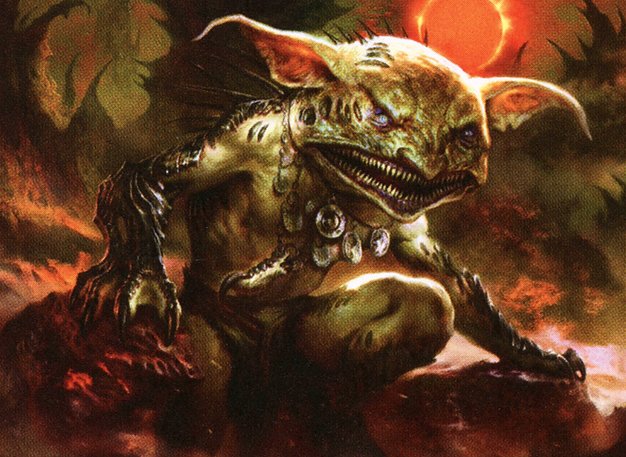

Krark, the Thumbless / Sakashima of a Thousand Faces
Utilizes spell copying and chaos effects to generate value and disruption. Krark’s ability to copy spells on odd die rolls synergizes with Sakashima’s cloning capability to create multiple copies of impactful spells, aiming to control the board and generate incremental advantages.

Tayam, Luminous Enigma
Focuses on control and value through enchantments and spells, aiming to manipulate the stack and outvalue opponents with card draw and bounce effects. Tayam supports a tempo style that leverages control elements to maintain board presence.
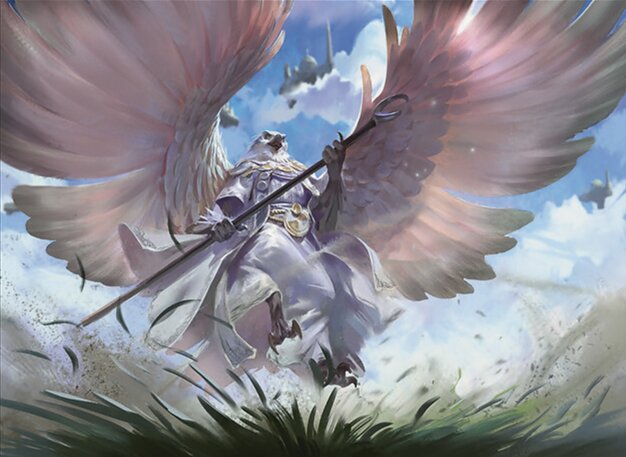
Teshar, Ancestor's Apostle
A reanimator deck centered on recurring low-cost artifacts and creatures from the graveyard, using Teshar’s ability to create a steady flow of board presence. The deck leverages artifact synergies, including Moon Vessel and Ranger-Captain of Eos, to generate explosive mana and multiple value triggers.
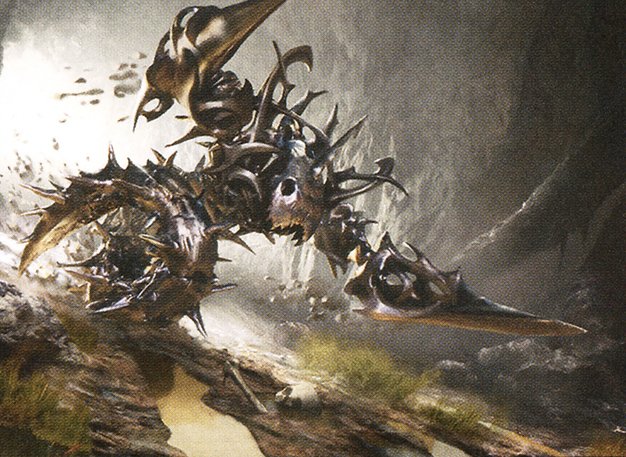
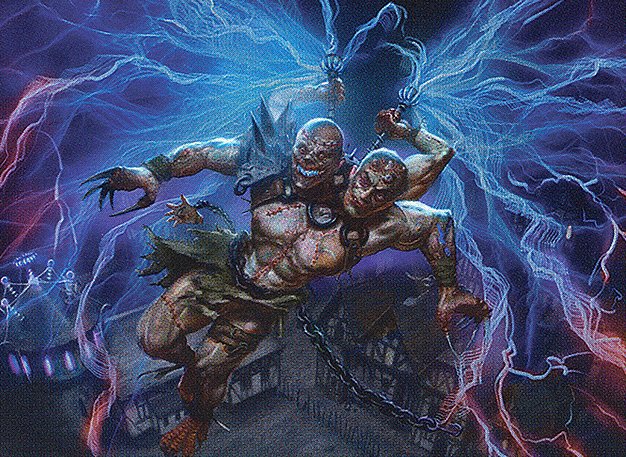
Armix, Filigree Thrasher / Kraum, Ludevic's Opus
A midrange artifact-focused deck using Armix’s ability to buff artifacts and Kraum’s prowess in card draw and combat damage to pressure opponents. The deck aims to maintain board control through resilient creatures and artifact synergies, while generating card advantage and incremental damage.
Gameplay Insights
- 1
Repeated use of Counterbalance to control opponents’ draws and maintain card advantage was a pivotal control element in the game.
- 2
Teshar’s artifact recursion chain, bouncing and replaying Moon Vessel and Ranger-Captain of Eos, allowed for exponential mana development and value generation.
- 3
Krark and Sakashima’s synergy to copy spells on the stack created multiple layers of interactions that complicated opponents’ responses and increased the impact of key spells.
- 4
Players effectively leveraged bounce and copy effects to protect valuable creatures and spells while disrupting opponents’ tempo.
- 5
The midgame featured heavy stack interactions with spells like Impulse and Brainstorm being copied and countered, showcasing the intricate timing and sequencing critical to maintaining advantage in multiplayer Commander.
Notable Cards
-
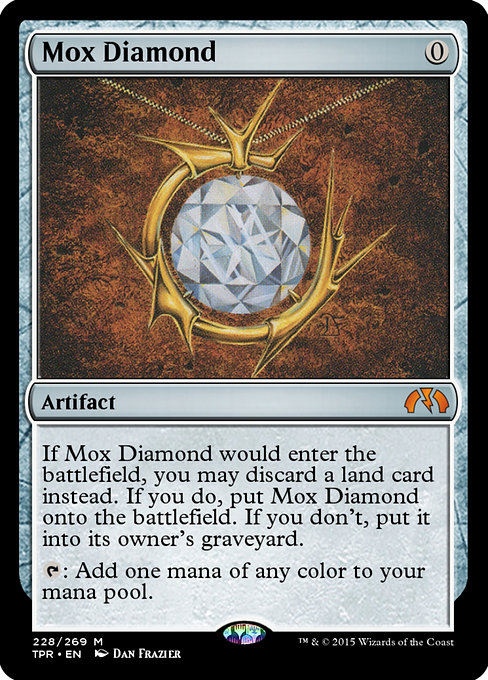
Mox Diamond
-

Mana Crypt
-

Counterbalance
-

Ranger-Captain of Eos
-
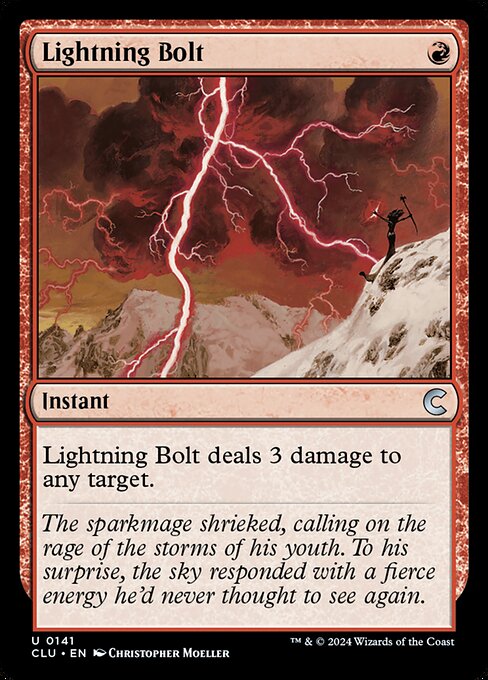
Lightning Bolt
-

Swan Song
-
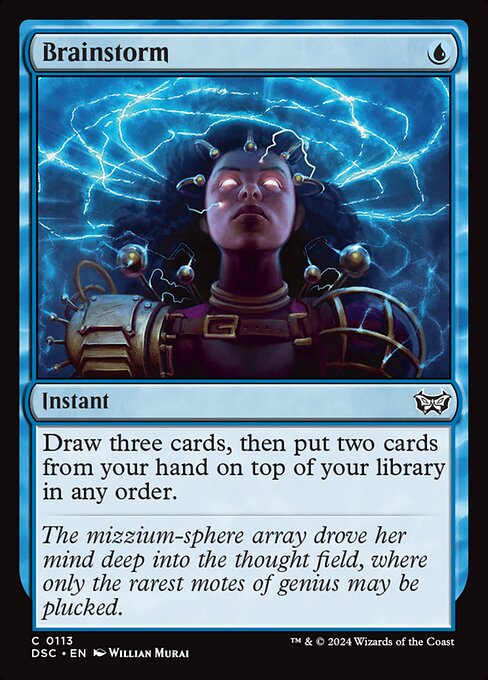
Brainstorm
-
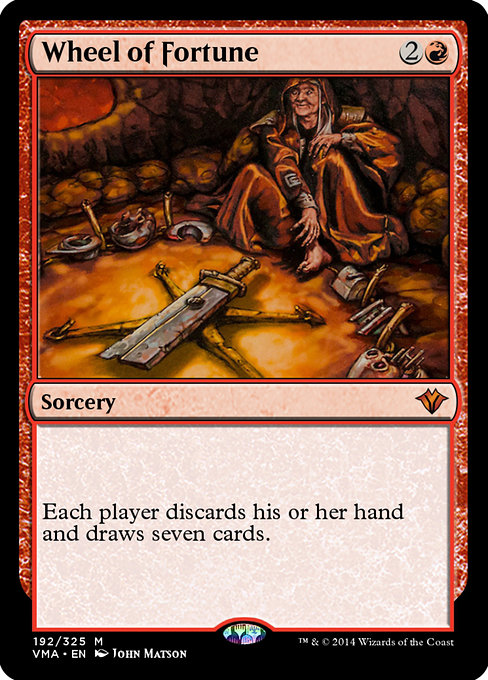
Wheel of Fortune
-

Talisman of Creativity
-
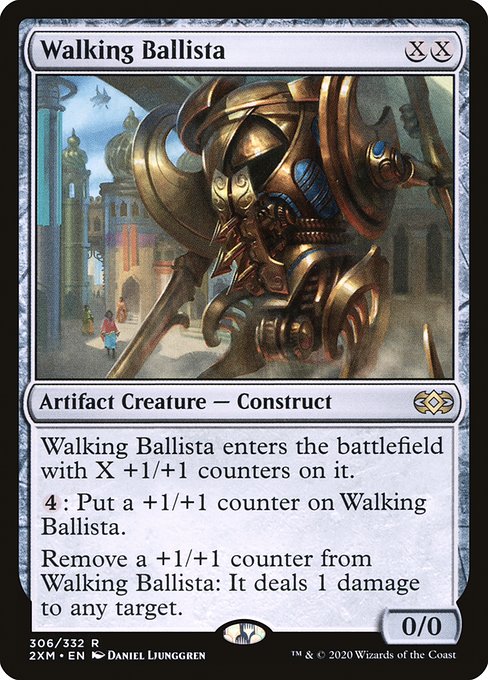
Walking Ballista
Gameplay Summary
The game began with all players establishing their mana bases and early board presence, with key plays including casting ramp artifacts like Mox Diamond and mana rocks such as Citadel Talisman and Mana Crypt.
The board state quickly developed with players deploying impactful creatures and enchantments, including Counterbalance to disrupt draws and Ranger-Captain of Eos to generate value by tutoring low-cost creatures.
Teshar’s reanimator synergy was evident as she recovered artifacts from the graveyard repeatedly, leveraging cards like Moon Vessel and Shimmer Mirror to build a substantial mana pool and board presence.
Meanwhile, Armix’s midrange approach pressured opponents with efficient creatures and incremental value from artifact synergies.
The game featured numerous interactive moments with stack manipulation, counterspells like Swan Song and spells such as Lightning Bolt, creating a dynamic and tense game flow.
Key turning points included multiple copy and bounce tricks revolving around Krark and Sakashima’s ability to replicate spells, as well as Teshar’s recurring artifact recursion that steadily increased her board dominance.
Despite heavy disruption and counterplay, players continued to develop threats and combos, setting the stage for a long-paced game with complex interactions and resource management.
The gameplay focused heavily on tempo swings, spell copying, and graveyard recursion, showcasing the distinctive strategies of each deck in a multiplayer environment.



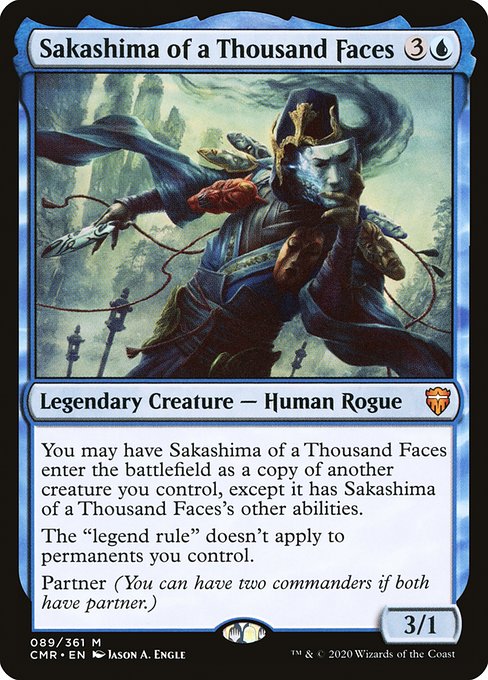
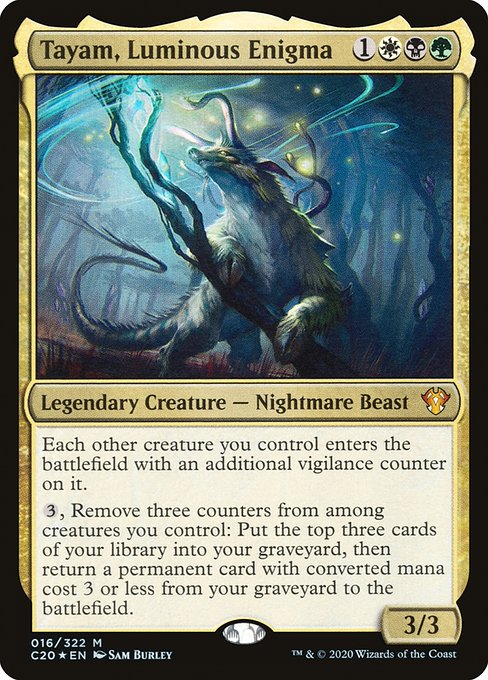






































![Commander VS S15E4: Darigaaz VS Najeela VS Teshar VS Adeliz [EDH] thumbnail](https://i.ytimg.com/vi/RMRB2SqU69A/sddefault.jpg)


